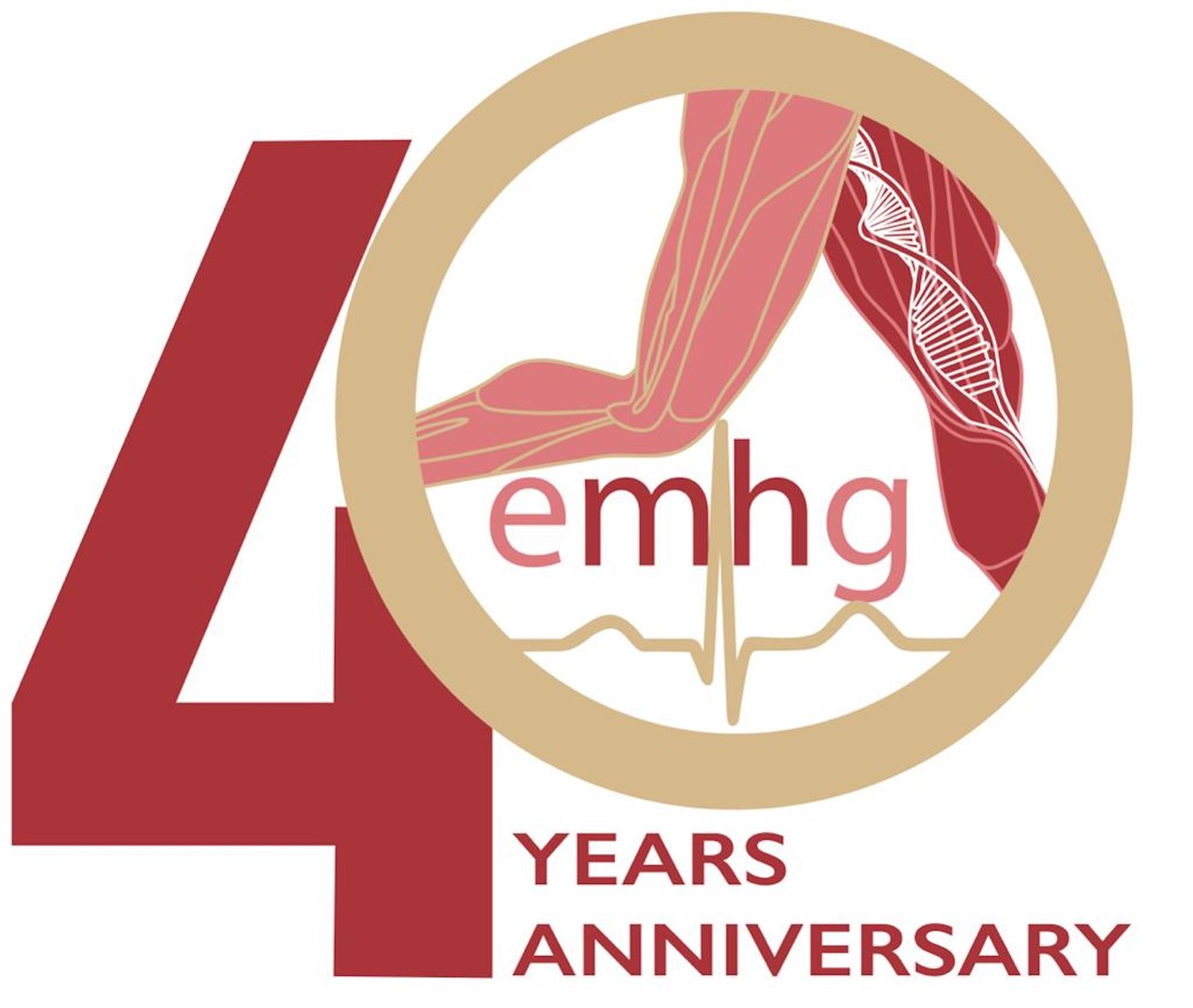Scoring matrix for classification of pathogenicity of genetic variants in malignant hyperthermia susceptibility
The EMHG has adapted the ACMG scoring matrix in order to better fit for malignant hyperthermia susceptibility. There are three categories of variant classification: strong, moderate and supporting.
A pathogenic variant is defined by at lest 1 PS criterion and 2 PP criteria
A likely pathogenic variant is defined as at least 1 PM criterion and 2 PP criteria
Pathogenic and likely pathogenic variants can be used for the diagnosis of MH susceptibility. As outlined in the guidelines absence of RYR1 and CACNA1S variants does not exclude MH. The only possibility to establish an MH negative diagnosis is in-vitro contracture testing.
Pathogenic strong (PS)
PS1. Well established in vitrofunctional studies supportive of a gain of function effect on intracellular calcium release.
PS2. Same amino acid change as a previously established pathogenic variant regardless of nucleotide change.
Pathogenic moderate (PM)
PM1. Well established ex vivo functional studies in two independent families supportive of a gain of function effect on intracellular calcium release
PM2. Prevalence of the variant in an affected cohort is significantly increased (P< 1 x 10-7) compared with the prevalence of a relevant low risk population.
Pathogenic supporting (PP)
PP1: Association with a clinical reaction consistent with malignant hyperthermia under anaesthesia and confirmed by a positive IVCT
PP2: Segregation with the IVCT phenotype in multiple affected (> 4) family members in a gene definitively known to cause the disease. (Note. Absence of a variant in an affected individual of a family that otherwise shows co-segregation does not preclude pathogenicity).
PP3: Computational evidence (conservation, evolutionary, impact of amino acid change) concordantly support a deleterious effect on the gene.

